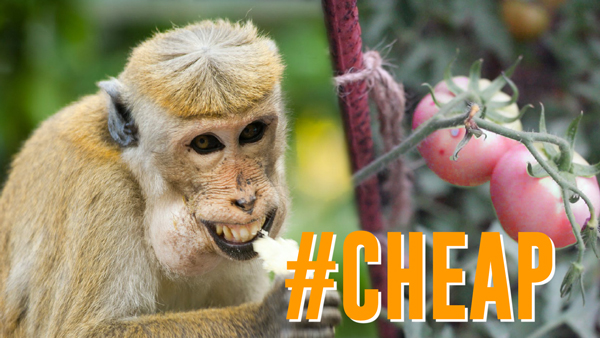And so does my demented monkey, who only exists in thumbnails. And in my mind.
Latest Posts
This is good insight on the difficulties gardening in the Florida Panhandle: “I’ve been…
Michelle asks about planting a food forest in clay: A friend in South GA…
Wynnie writes: I have read your booklet about growing coffee and found it very…
In a Lower Alabama summer, the heat is almost unbearable by mid-day. Lately I’ve…
This is an amusing story from Roots, Game and Trail: Upon tasting my first…

